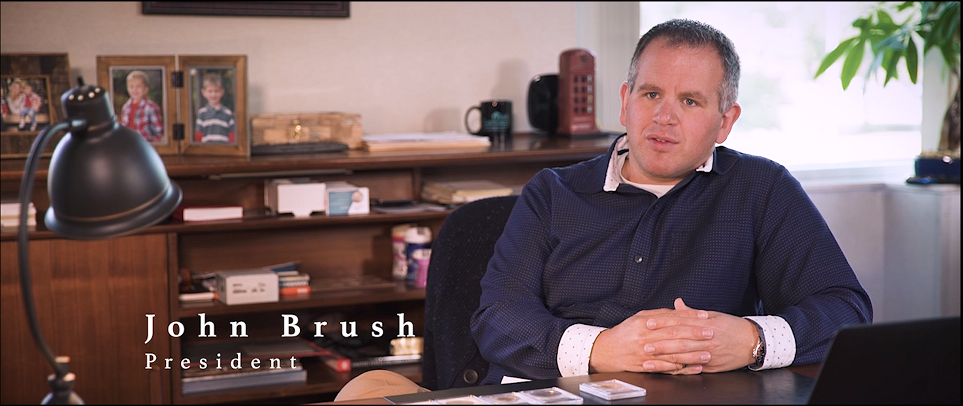Just Ask John: What Makes a Coin "Underrated"?
This week, we have a question from a collector asking for clarification on the commonly used coin descriptor: "underrated".

One of the things we love about David Lawrence Rare Coins is that no two days are ever the same. Every day presents new challenges and raises new questions. But there is one phrase you’ll hear more than anything else within our office: “Just ask John!” Not only is John Brush president of DLRC, but he also serves as the Chairman of the Industry Council for Tangible Assets (ICTA) and board member of the Professional Numismatists Guild. He is one of the most knowledgeable and respected numismatists in the industry so it's no wonder everyone is always asking for his input!
Every week we get emails from our clients asking John for his knowledge and opinions on a wide range of issues within the coin industry. Fortunately, John has agreed to field some of these queries in the form of a weekly blog column. Last week, John shed some light on the Certified Acceptance Corporation and their role in the coin collecting hobby. This week, we have a question from a collector asking for clarification on the commonly used coin descriptor: "underrated".
"What exactly (or approximately) is an “underrated” coin. I’ve seen this quite a bit as a selling point. But really I’m not sure what it means? Some coins have been underrated for decades and their price is stable relative to the current market fluctuations. Almost seems like the underrated coins never seem to “bloom” and I wonder if they are really rated just fine? I don’t know but it’s a perplexing question for me." - Jeff
John: "Thanks for the question, Jeff! Similar to the term "rare" which I discussed last week, I suppose the word "underrated" can have many connotations. Typically when we use "underrated" at DLRC, we view it as a coin that doesn't necessarily get the respect that it deserves, whether in value or popularity.
Some people refer to these issues, especially when it's a low mintage coin, as a "sleeper" date. It tells you how difficult the coin might be to find, which can often be quite surprising. As a collector, when we're thinking about "rare" coins, we're usually thinking of 93-S Dollars, 09-S VDB Lincolns, and 16-D Dimes. Well, those aren't underrated as they regularly receive plenty of attention. An underrated coin that is incredibly rare is an 1875 $10. Now, a studious numismatist of the series would understand that it's the toughest date in the $10 Liberty series. In fact, we had been searching for one of these pieces for the Hansen Collection for three or four years now and only a single example has come up for auction (twice- once as a NGC AU50 in which we were the underbidder and last week as a PCGS AU50 when we finally won it). Interestingly it realized $388k as an NGC and only $360k as a PCGS coin. Despite the price tag, I would definitely classify this as underrated considering its exceptional rarity compared to many other coins that bring in that same kind of money. More commonly I use the word for something like a low mintage $2.5 Liberty Quarter Eagle whose prices rarely reflect the small number of coins minted. Similarly, because it’s unusual for the average collector to be well-versed in how each date is produced, many early Lincoln cents in red are not recognized for their relative scarcity, resulting in some examples becoming "underrated".
Finally I would counter that underrated coins do in fact bloom, but simply unpredictably. The 1875 $10 brought a record price as it became clear to bidders how rare it was. Some series, such as the Saint-Gaudens $20, are underrated in quality, receiving CAC stickers far less often than other issues. This means that when a stickered example actually appears, it typically fetches an obscene amount of money. Any underrated piece has the chance of bringing in numbers higher than the price guides if it is noticed by multiple collectors who understand the relative rarity of the coin... even if the wider public does not. In short, underrated can serve a lot of different purposes. I think that being a contrarian collector or buyer is a wise investment angle, and buying coins that are underrated can be an exciting and rewarding gameplan for those that enjoy the hunt!
Do you have a topic about the coin industry or the collecting hobby that you want John to tackle? Email your question to coingroup@davidlawrence.com and it might be featured in a future edition of “Just Ask John!”
